Study-abroad students traveled to Dublin for hands-on experience in sports journalism.
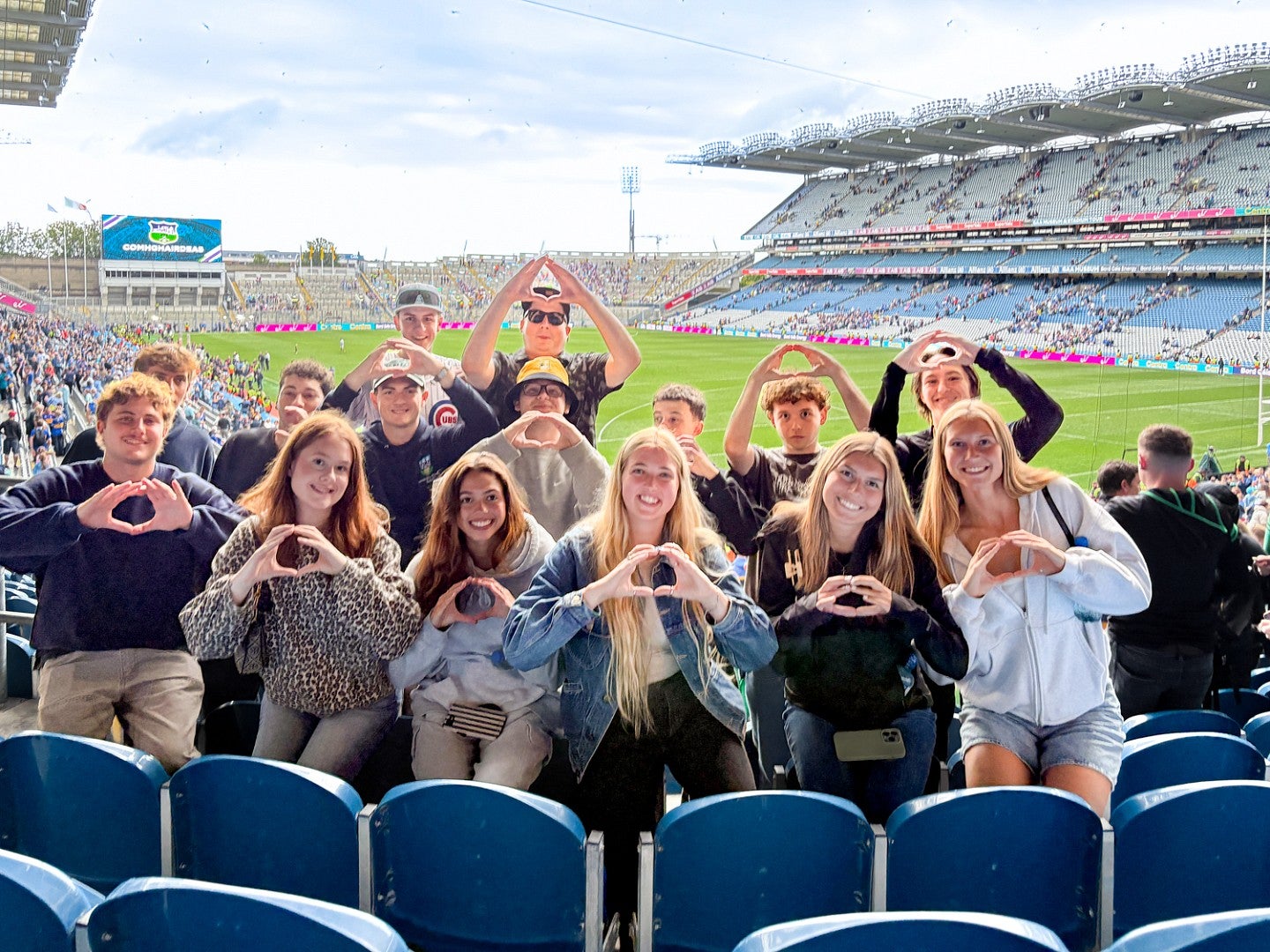
by Jack Stern, Class of ’27
Ireland is famous for its shamrocks, greenery and charming cobblestone streets. The lively chatter drifting from local pubs and the bustle of people sharing a laugh created a warm and welcoming environment for our School of Journalism and Communication (SOJC) cohort when we first arrived in Dublin for a study-abroad trip.
Ireland is also renowned for its unique and captivating sports culture, which is what brought 15 SOJC students and a professor here for four weeks this summer for the Sports Journalism in Dublin program.
Led by SOJC Professor of Practice Charlie Butler, the goal of the trip was to give us real-world practice in journalism and communication skills, such as deadline writing, interviewing and feature writing. There were also plenty of opportunities to learn about the sports industry and gain an understanding of careers in sports media.
About four days a week, we met for morning classroom sessions with Professor Butler to go over our agenda for the day and work collaboratively to help each other sharpen our journalistic skills. These sessions, along with completed writing assignments, counted toward one 300-level sports feature writing class and one 400-level reporting class, giving us eight journalism credits.
This experience also immersed our group in the rich identity of the Irish. We attended sporting events, spoke with sports industry professionals and enjoyed visits to Ireland’s beautiful countryside.
As we searched for and reported on local stories, we learned ways to quickly grab readers’ attention, such as weaving anecdotes into a story, writing compelling headlines and front-loading the most relevant information into our stories inverted-pyramid style.
Here are some standout moments our group took part in on this experiential learning trip:
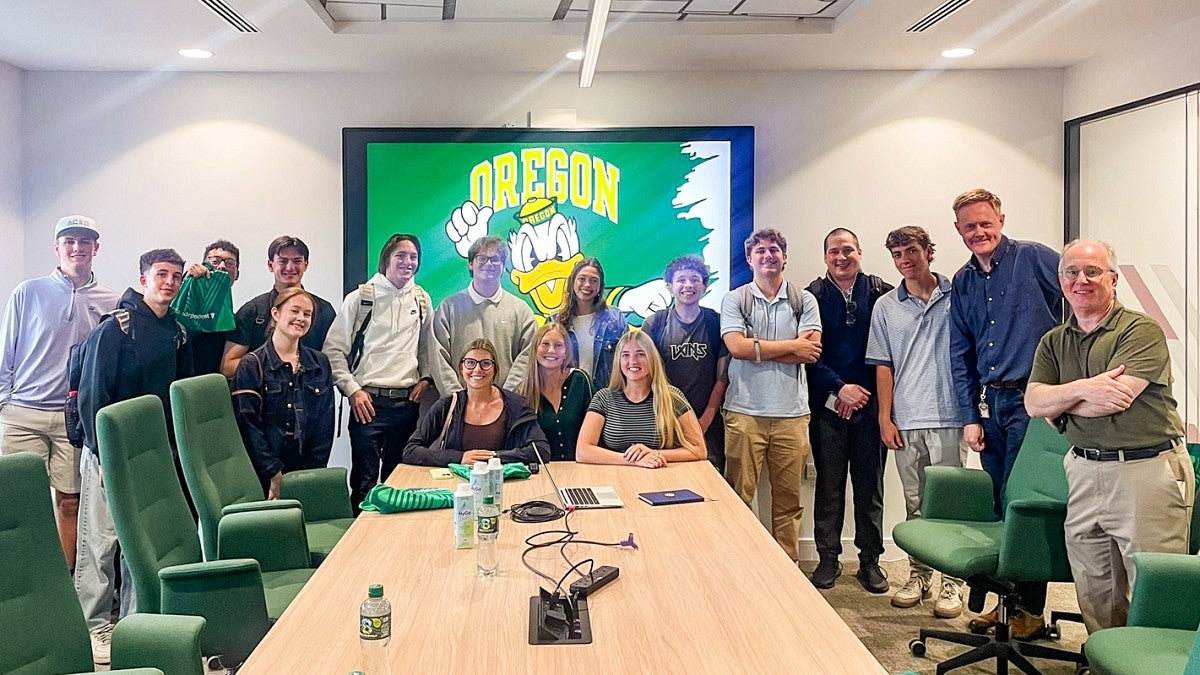
1. Visiting the Irish Independent newspaper
The Irish Independent is one of the leading daily newspapers in Ireland and is known for its international news, business reporting and sports coverage. Professor Butler made sure we came prepared with insightful questions for the journalists we were to meet. We asked about their careers, how they got started and what makes for an effective story.
The three people we spoke to were journalist Rory Tevlin, Ireland editor Fionnán Sheahan and sports journalist Will Slattery.
“Try to be as knowledgeable as possible. It will give you a really broad range of reference,” Slattery advised. “It will help you with pieces in which you must compare and contrast events today to those of, say, the year 1988, for example.”
Tevlin, Sheahan and Slattery shared what it was like to work for a large newspaper like the Irish Independent and emphasized the importance of staying up on daily events.
It’s a job that requires you to be on your toes. “There’s something different all the time,” Tevlin said.
2. Touring Croke Park
One of the most memorable moments of the trip was visiting Croke Park, Ireland’s largest sports stadium. Seating 82,000 people, it’s the headquarters of the Gaelic Athletic Association (GAA).
A few days before the All-Ireland Senior Hurling Championship semi-final match between Kilkenny and Tipperary, our group got a tour of the stadium, led by longtime tour guide Cian Nolan.
“For many people in this county, this stadium is so much more than just the sports,” Nolan said. “It’s so much more than the concrete in the seats.”
In the GAA, athletes are not paid, but play as volunteers. Unlike American sports, Irish teams are county-based. Athletes play only for their counties and are not allowed to switch teams or request trades.
Days later, we came back to Croke Park for the match. Witnessing the intensity and passion of the fans around us was truly a special scene. Although we had never been to a hurling match before and didn’t even know how the sport was played, we enjoyed the experience.
It was an intense battle, but Tipperary came out on top and went on to win the All-Ireland Senior Hurling Championship two weeks later.
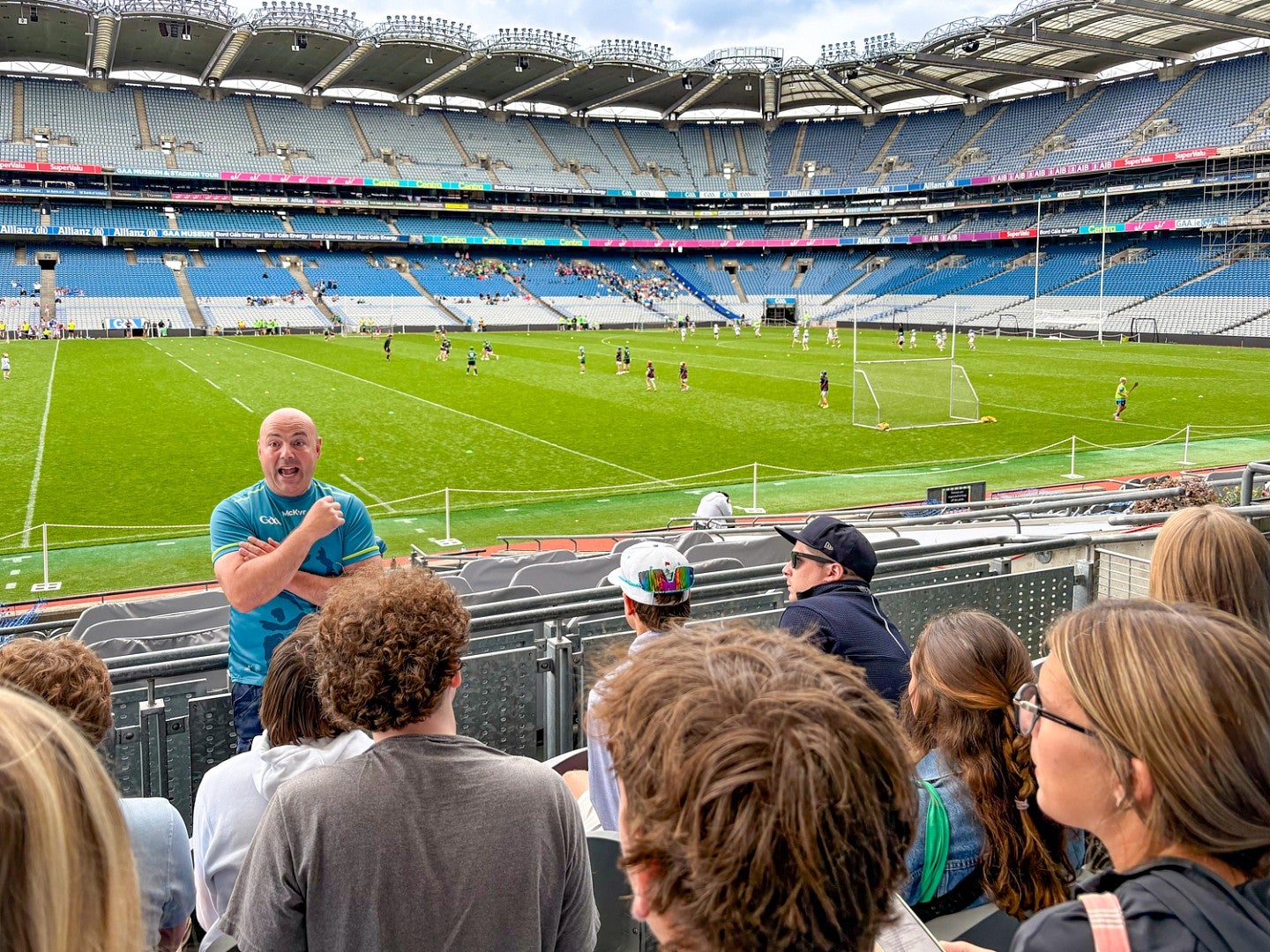
3. Learning about Ireland’s largest sports media agency
In class, our group was fortunate enough to speak with Neil Cummins, the director of communications for the Navy Blue sports agency.
As the communication leader for the largest sports agency in Ireland, Cummins shared an interesting perspective on the role of sports agencies in athletes’ success.
“Advertising is like the clothes we wear, public relations is the personality,” Cummins said. “Advertising is the initial reaction.”
He emphasized the significance of professional athletes’ public image and the importance of maintaining a positive influence regardless of what others might say or think about them.
This notion can also apply to sports journalists, Cummins said. He exhorted us to be careful of what we write and to make sure what we're putting out is respectful and trustworthy.
“Never assume,” Cummins advised. “If you write something that is wrong, chances are you will hear from a legal department. Pick up the phone, ask if it is true or false.”
4. Writing a story on deadline
Once a year, Morton Stadium, just 15 minutes outside of the city center, hosts the annual Morton Games. This event is Ireland’s premier track and field meet, and draws Olympic athletes from all over the world.
Prior to the meet, we were divided into pairs and assigned to team-write a deadline story on a specific event. We were to cover the event and, if possible, interview the winners.
My partner, Ty Bryant, and I covered the Women’s 1500-meter race. Although we were unable to get quotes from the winner, we secured an interview with the second-place runner.
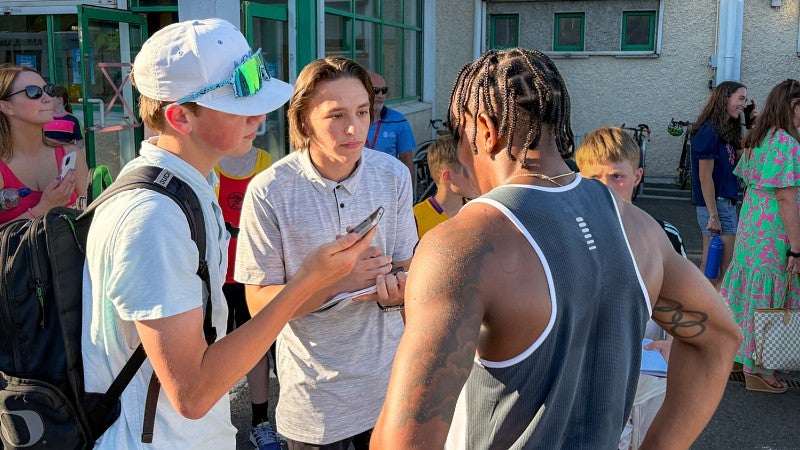
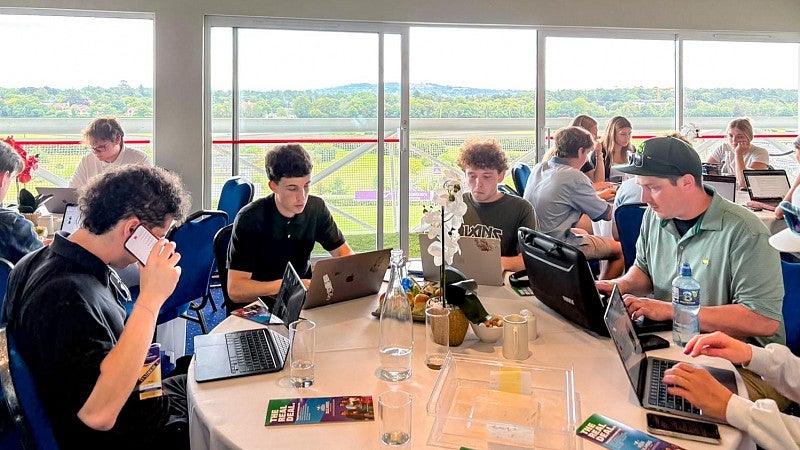
5. Writing a feature story
At the end of our trip, we were tasked with writing a feature story involving people we met in Ireland who had a unique or interesting stories that involved sports. Although it was due at the end of our four weeks, Butler emphasized that this assignment needed to be on our minds at all times and to always be on the lookout for people we could quote or pull aside for a quick chat about their experiences.
While at the Morton Games, Professor Butler suggested I write about what goes on behind the scenes to put on such a large event. He introduced me to the head of public relations for the event, Declan Power, who put me in touch with Morton Games meet director Noel Guiden. Through this network, I was able to write a story about what makes this event special, how much work goes into it and how many people are involved in putting it on.
Writing the sports feature was the perfect cap to an amazing trip. It allowed me to put into practice all the writing advice, interviewing skills and story-building exercises that we learned along the way. The sports feature perfectly simulated what it would take to become a sports writer in the future.
Being abroad in Ireland taught me many valuable skills as a writer and reporter, not just for sports but for any form of journalism. From marketing, public relations, field reporting, and writing on a deadline, it was so interesting to hear professionals explain the world of journalism in their specific roles. Each experience taught me something new, and I hope to take these lessons with me as I begin my own personal journey as a sports journalist.
Learn More about SOJC Study Abroad
Jack Stern is a third-year journalism major in the UO School of Journalism and Communication, minoring in sports business. He enjoys writing, especially about sports, and strives to find new ways in which he can tell a story that feels important and worthwhile.
